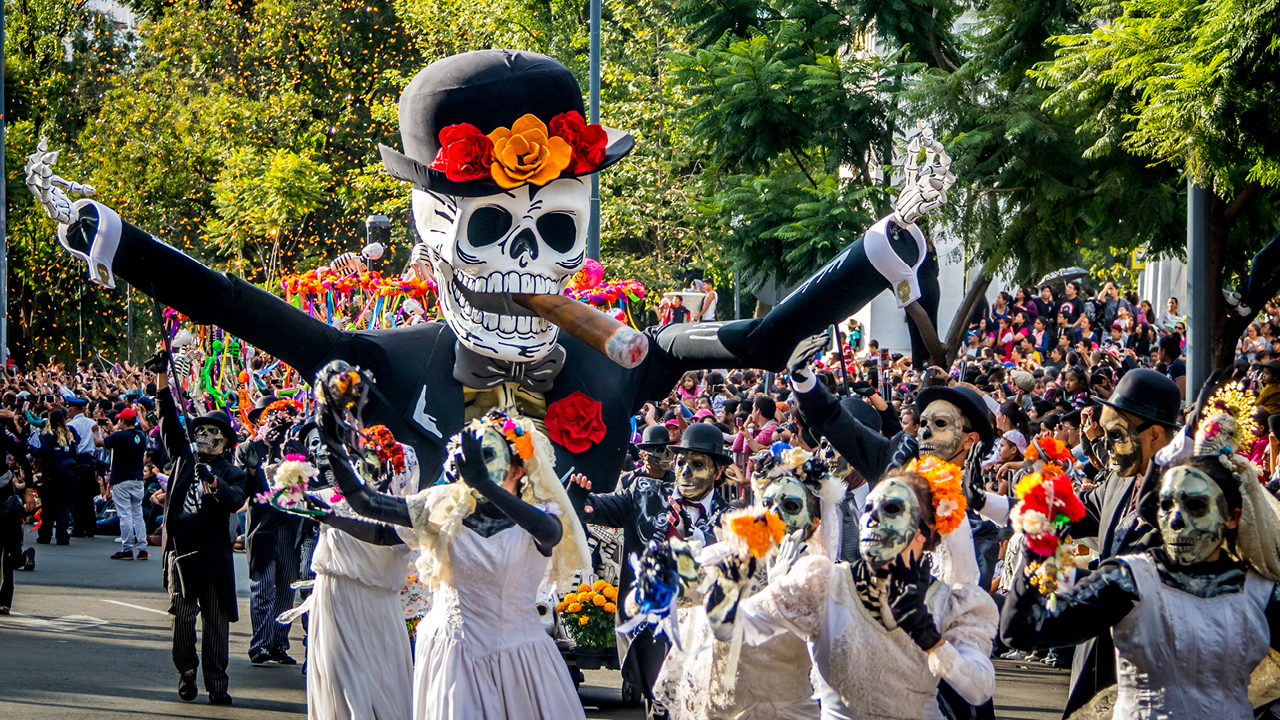The US jewelry industry has long planned its sales cycle around traditional holidays. However, tradition is no longer enough to sustain a healthy business; a shake-up is necessary if retailers want to build their customer lists.
“Frankly, I think the old holidays have lost their energy for the next couple of years,” says David Marcotte, senior vice president of global research at retail advisory group Kantar Consulting.
And it’s not just in the US: “The level of immigration in the world has never been higher,” he continues. “[This means] you’re seeing a very different group of people in terms of how they regard jewelry. The new population…changes the country they are coming into, and invariably, many of their holidays, rites and foods start getting absorbed into the general population. That’s important [to take into account], because they begin to have more significance.”
Changing it up doesn’t mean waving goodbye to Valentine’s Day, Mother’s Day, Christmas and Hanukkah. But it does mean being more inclusive. The US population celebrates more than just the standard holidays, and so should jewelers if they want to take their business to the next level. Retailers should be making a connection with customers on days that are meaningful to them, especially — but not limited to — days when it’s customary to buy gifts.
Which holidays might jewelers want to add to the list? Marcotte and three retailers — Jinal Sampat of Sampat Jewellers, Jules Kim of Bijules Jewelry, and Suzanne Vetillart of Boma Jewelry — offer some suggestions for catering to different communities.
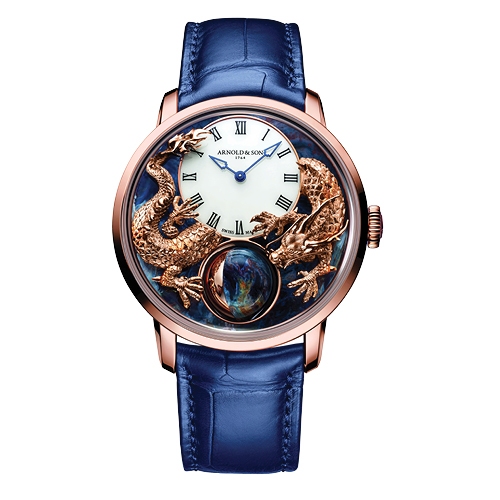
Chinese New Year
Also known as the Spring Festival or Lunar New Year, this celebration is one of the most important holidays in Chinese culture and has traditionally been a time for honoring deities as well as a family’s ancestors. People mark the occasion with firecrackers, a lantern festival, huge parades featuring dragons and lions, and gift-giving to bring about good fortune, happiness, wealth and longevity.
Time of year: Usually between January 21 and February 20. This year, it falls on February 10, starting off the Year of the Dragon.
Community: Chinese.
Popular symbols: Animals from the Chinese zodiac — dragon, snake, tiger, rabbit, monkey and others, depending on the year.
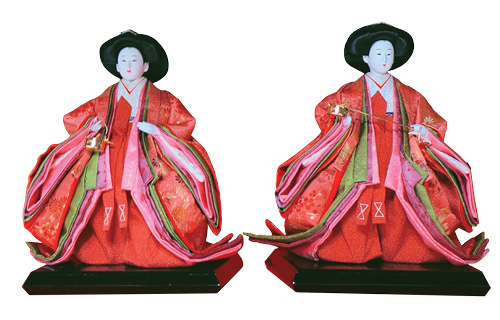
Girl’s Day
Called Hinamatsuri, or the Doll Festival, this day celebrates female children. Families who have daughters mark it with red-carpeted platforms displaying sets of ornamental dolls that represent the emperor, empress, attendants and musicians in the traditional court dress of Japan’s Heian period.
Another custom is to hold doll-floating ceremonies, in which participants make dolls out of paper or straw and send them on a boat down the river, carrying away the owner’s impurities and sins.
Time of year: March 3.
Community: Japanese.
Popular symbols: Peaches, dolls.
Moon Festival
Also called the Mid-Autumn Festival, this is one of the most important holidays in Chinese culture. It takes place on the 15th day of the Chinese lunisolar calendar’s eighth month, when there is a full moon at night; it coincides with harvest time, and the moon is believed to be at its largest and brightest at that point.
The holiday is based on the legend of Chang’e, the moon goddess in Chinese mythology. During this time, it is traditional to eat mooncakes — a pastry filled with sweet bean paste, egg yolk, meat, or lotus seed paste.
Time of year: Sometime between mid-September and early October. This year’s festival falls on September 17.
Community: Chinese and other Asian cultures.
Popular symbols: Lanterns, moons, cassia trees.
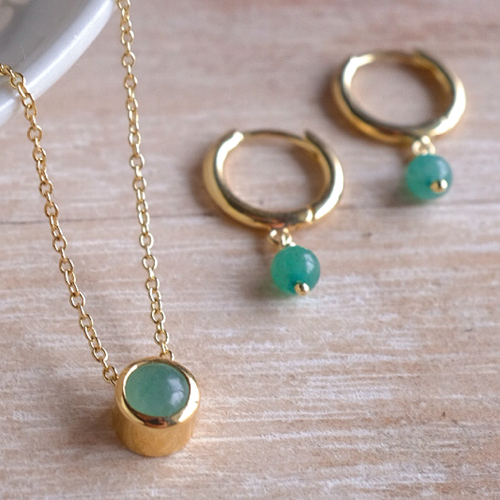
Diwali
Also known as the Festival of Lights, this five-day celebration occurs in early autumn, after the conclusion of the summer harvest. Coinciding with the new moon, it symbolizes the spiritual victory of light over darkness and good over evil. The first day, called Dhanteras, is an auspicious day for Hindus to buy gold, as it celebrates Lakshmi, the goddess of wealth.
Time of year: Sometime between the second half of October and early November. This year, it takes place on November 1.
Community: Indian.
Popular symbols: Plain gold, gem-studded gold, oil lamps, lotus flowers, peacock feathers.
Day of the Dead
Dia de los Muertos, as it’s known in Spanish, is actually a multi-day holiday during which family and friends gather to pay their respects to loved ones who have died. Observers often paint their faces to look like skulls, tell humorous stories and anecdotes about the departed, and visit graves, bearing gifts. It is also common to give gifts to friends and write lighthearted mock epitaphs for them.
Time of year: November 1 and 2.
Community: Mexican.
Popular symbols: Sugar skulls, marigolds.
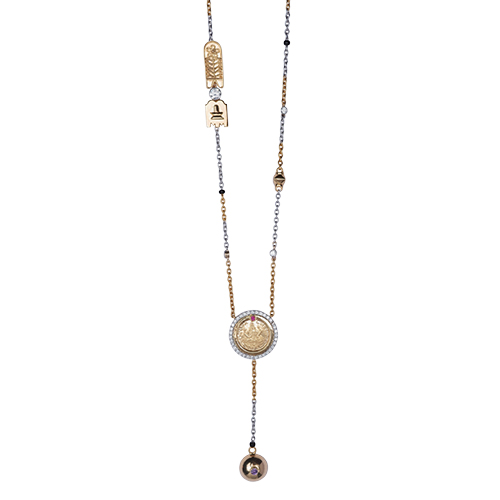
Doljanchi
This Korean event celebrates a child’s first birthday. It derives from a time when death rates for children were high, and many died before they were a year old. The ceremony blesses the child with a prosperous future. Friends and family present gifts to both the child and the parents, including money, clothes, gold rings, charms, and jewelry with the recipients’ birth stones.
Time of year: All year round.
Community: Korean.
Popular symbols: Thread, calligraphy brushes, ink.
Main image: Day of the Dead parade. (Shutterstock)
This article is from the January-February 2024 issue of Rapaport Magazine. View other articles here.
Stay up to date by signing up for our diamond and jewelry industry news and analysis.
